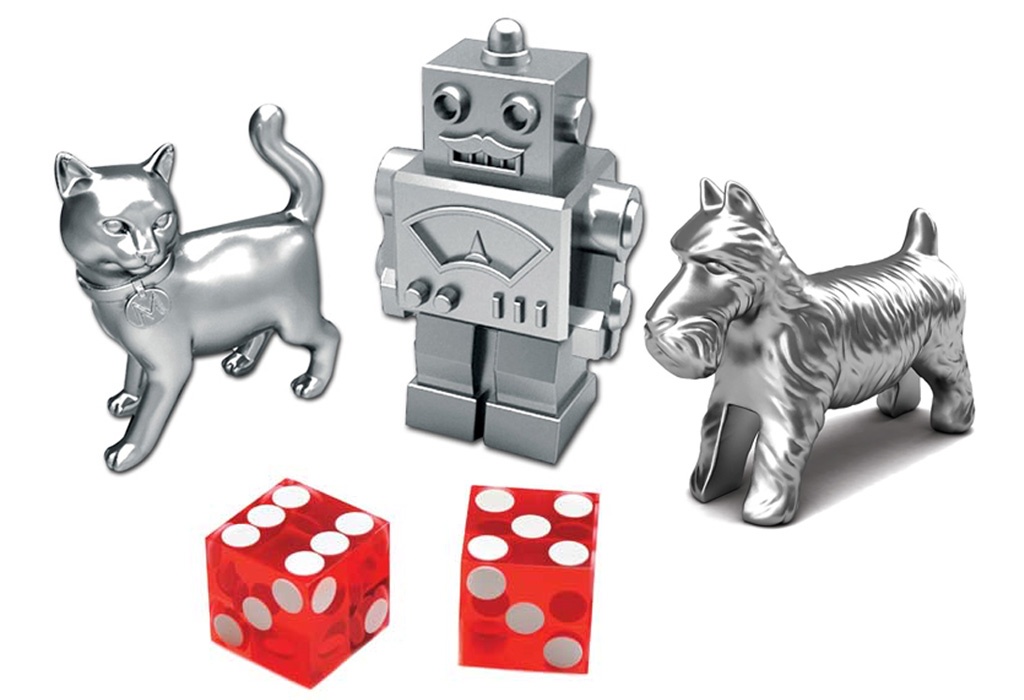If you need to explain a joke, it’s not funny. User experience shares the same construct – a good user experience requires no explanation. As we march into 2019, let’s take a look at the up and coming trends to enhance user experience design. See what you can expect or how your business can benefit by creating a seamless user experience.
- Internet of Things (IoT)If you are not familiar with this terminology, IoT describes the way that devices are interconnected with each other via the Internet. They capture information for you and provide information to you at the same time. A very common example is Face ID on mobile phones, which uses biometric features and facial recognition to unlock your mobile device. Smart home components have been catching up as well, such as your home monitoring and home automation. A common example is the smart thermostats – we are now able to control our temperature setting on the app and get reports directly. IoT has revolutionized they way we see and interact with technology in our every day life.
- Wearable DevicesWearable devices are all around us. The technology is commonly applied, not only in smart watches but in the health industry as well. Wearable devices can monitor your heart rate, sleep habits, or calories burned through your workout. Wearable devices collect data to help you make better life choices and live a healthier lifestyle, and all you need to do is to wear it. However, wearable devices present a challenge to user experience designers on the implementation side. The challenge is to allow the devices capture the required and complicated data but present it to the end users in a simplified manner. We have seen a lot of successful stories, but wearable devices will continue to evolve and get better.
- Personalization
Personalization has been a topic of conversation in the past year. It is also known as content targeting; showing curated information based on user needs or expectations in real time. There is a machine learning component to personalization as the system or application learns based on the user data that has been collected and provided to a user. The advantage of personalization is providing users with a custom preference that they can relate to as an individual. Spotify or Netflix are great examples of personalization. Users get recommendations based on the movies they have watched or music they have listened to.So how do you ensure the personalization is a successful experience for your users? Pro tip: user research. Some Dos and Don’ts for User Research:Do –
- User Research
- Make It a Seamless Experience
- Test It and Iterate
Don’t-
- Don’t user Personalization for the sake of using it. User it when it adds value to your business goals
- Don’t make assumption about your targeted audience
- Forget to test user experience
- Artificial Intelligence (AI)AI is already making improvements in customer services, data management and decision making abilities. However, emotional intelligence is on the rise. Emotional intelligence refers to the ability to recognize and understand emotions. This is where user experience plays an important role because smart machines can diagnose complex business problems and recommend actions based on the metrics and values that you identify. However, there is a human touch where it can only be obtained by conducting user research and continuously reshaping and redefining the data, so that AI can be successful.
- Device Agnostic ApproachYou’ve heard about user friendly design or maybe mobile responsive design. It’s a device agnostic approach. Regardless what device you are on; cell phone, tablet, wearable, you can now interact or control the app in different ways. My top of mind examples are Siri and Alexa, which you use your voice to wake up the device, trigger commands and interact with the devices. There are different ways for users to interact with devices; haptics (touch), sound (voice) or vision (gesture). As a user experience designer, one needs to understand the user persona to implement the best approach for the users to optimize their experience. Voice commands are popular, but it does not work for people who work in a loud environment. For surgeons, it’s not the most convenient for them to use haptics or touch as they often wear sterilized gloves for surgeries. Understanding your users and their working environment will help you to identify the best way for them to interact with their devices and application interfaces. We have seen great progress with voice command and I think we will see more applications with more haptic or vision commands.
Keep in mind that most of those are generation specific. Thus, user research is essential when planning the application and solutions for the end users.
When was the last time that you had a user experience healthy check?
The beginning of the year is a good time to reflect and refresh, these are good questions to consider to make sure your user experience is done right.
For more information about how we can help you, contact Red Level today.
For more information about gaining a competitive advantage with digital transformation, contact Red Level today.






